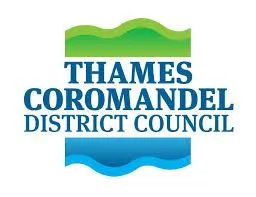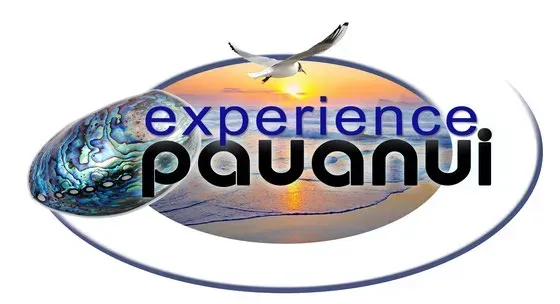
PAuanui INFORMATION CENTRE
The History of Pauanui
Welcome to Pauanui — a place where sweeping coastline, quiet coves, and community spirit come together. But it wasn’t always the polished holiday haven many of us enjoy today. The story of Pauanui is one of vision, bold dreams, and careful planning. Here’s how it unfolded.
Before the Dream - the Land, the Sea, and Early Days
The area now known as Pauanui sits on a peninsula at the mouth of the Tairua River, on the south bank opposite Tairua township. Its name, from Māori, means “big paua” (or many paua shells)—a hint of rich marine life once abundant in these waters. Over centuries, Māori and early European settlers passed through these shores, making use of the river, the sea, and the forested hinterlands.
But for much of its history, this stretch of coast was remote, accessible only by rough tracks, boat, or long overland journeys. It remained wild and sparsely settled, more nature than suburb, punctuated by occasional farms, timber cutters, and coastal settlers.
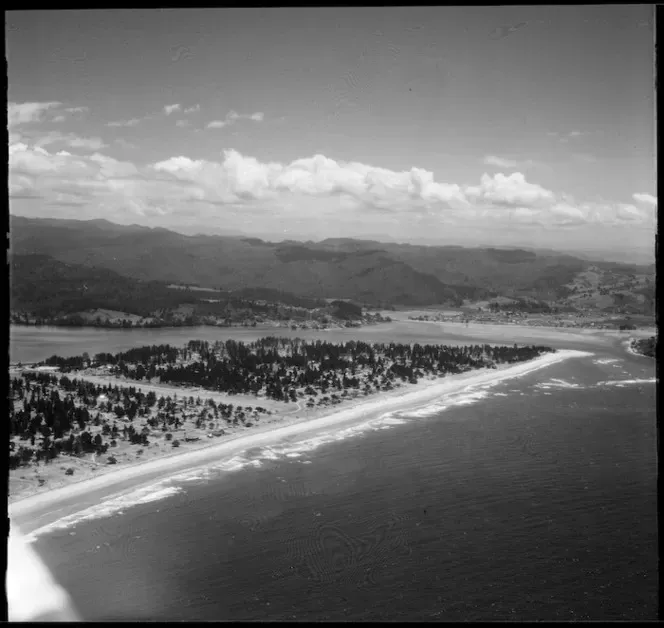
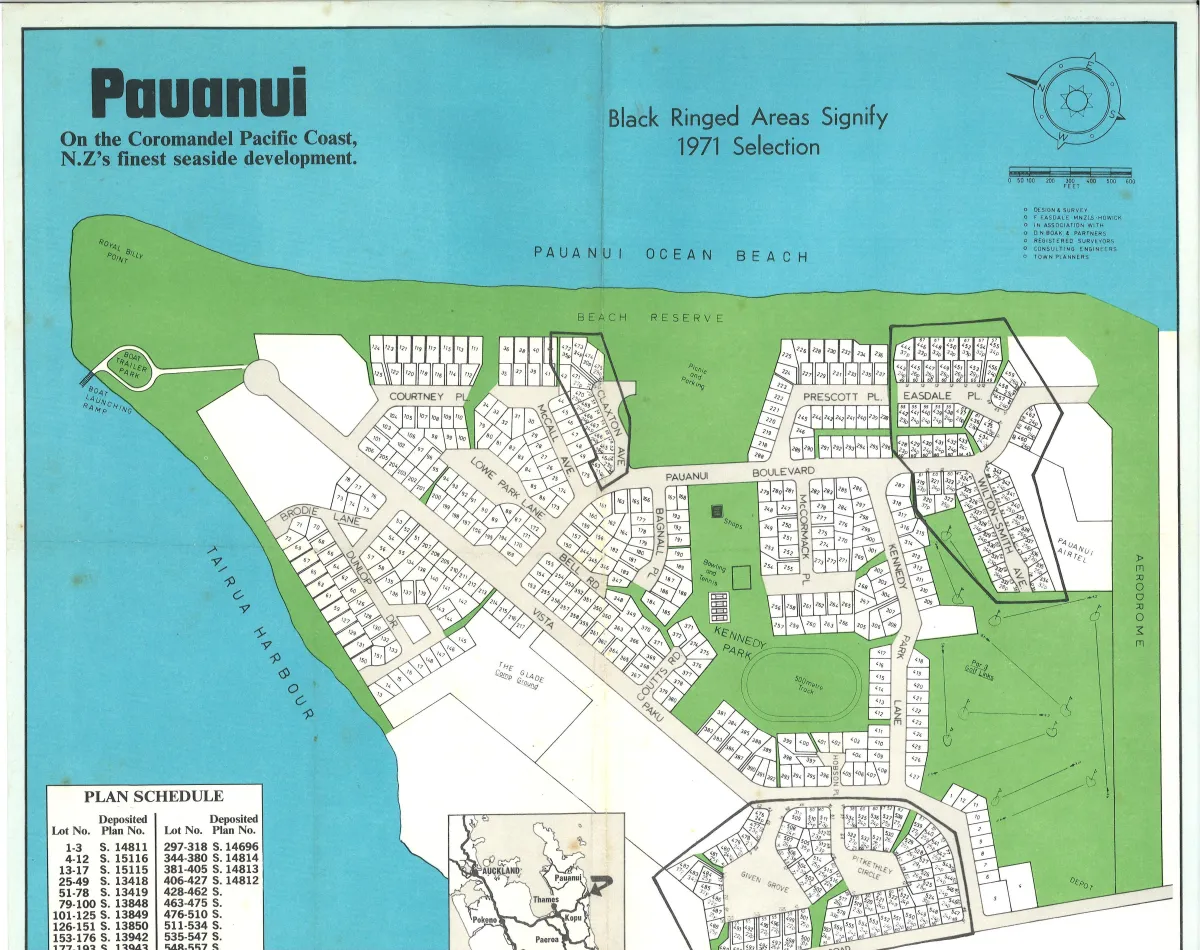
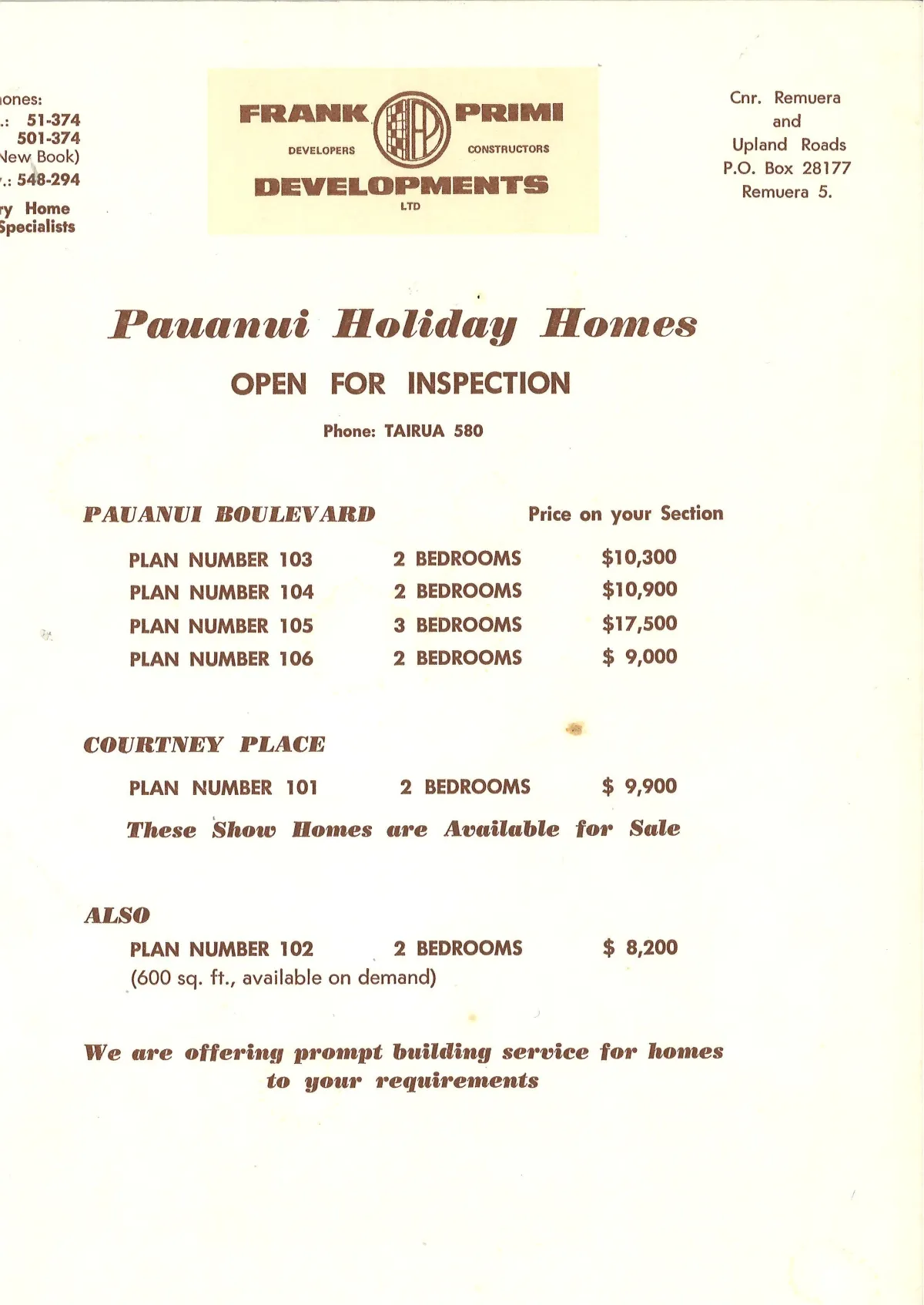
The Vision Begins — Planning Pauanui
In the 1960s, a bold idea was born: to transform this coastal land into a purpose-built holiday town. Developers, most notably the Hopper brothers, saw the potential for a coastal community that combined natural beauty with modern convenience. Their vision was more than just seaside sections — they envisaged a place planned for family recreation, safe roads, and amenities that many holiday areas lacked.
The developers laid out infrastructure early: roads, drainage, power—all from the start, not as an afterthought. Interestingly, one of the first parts of the plan was the airstrip (now the Pauanui Airfield). The Hoppers believed that being able to fly to Pauanui would shorten the connection to Auckland dramatically—from a three-hour drive to around forty minutes by plane.
The airstrip wasn’t just functional — it was a marketing tool. Prospective buyers were given voucher flights to view sections from the air (some longer, some shorter, depending on how serious the interest was). It lent a sense of excitement and exclusivity to the development..
Building a Community — Growth, Amenities, and Identity
As sections were sold and families began visiting more regularly, Pāuanui’s infrastructure continued to grow. The designers insisted on keeping many of its character features intact: winding roads (rather than rigid grids), generous green space, reserves, and walkways to connect with nature.
One of the early standouts was the use of red-coloured roads in parts of Pauanui — intended to improve visibility of pedestrians and make streets safer. Residents and visitors alike came to recognise that detail as part of Pāuanui’s distinctive flavour.
Over time, facilities followed: shops, community buildings, recreational facilities, and services to cater for the rising number of holidaymakers. The local golf course, playgrounds, beach access points, and reserves were carefully integrated so the natural environment remained at the heart.
Seasonality became part of the rhythm: Pāuanui’s population swells in summer, when holiday-makers fill houses, streets hum with activity, and the town becomes a hub of life and laughter.
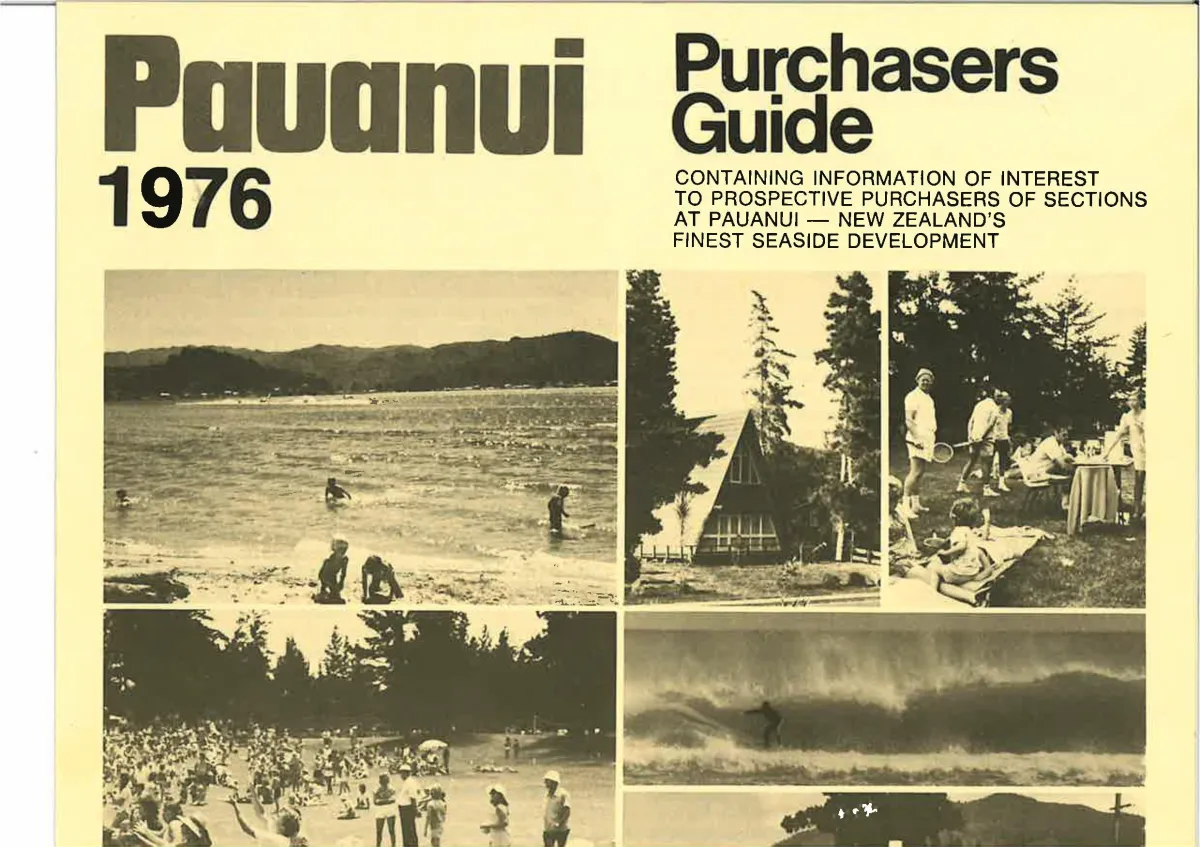
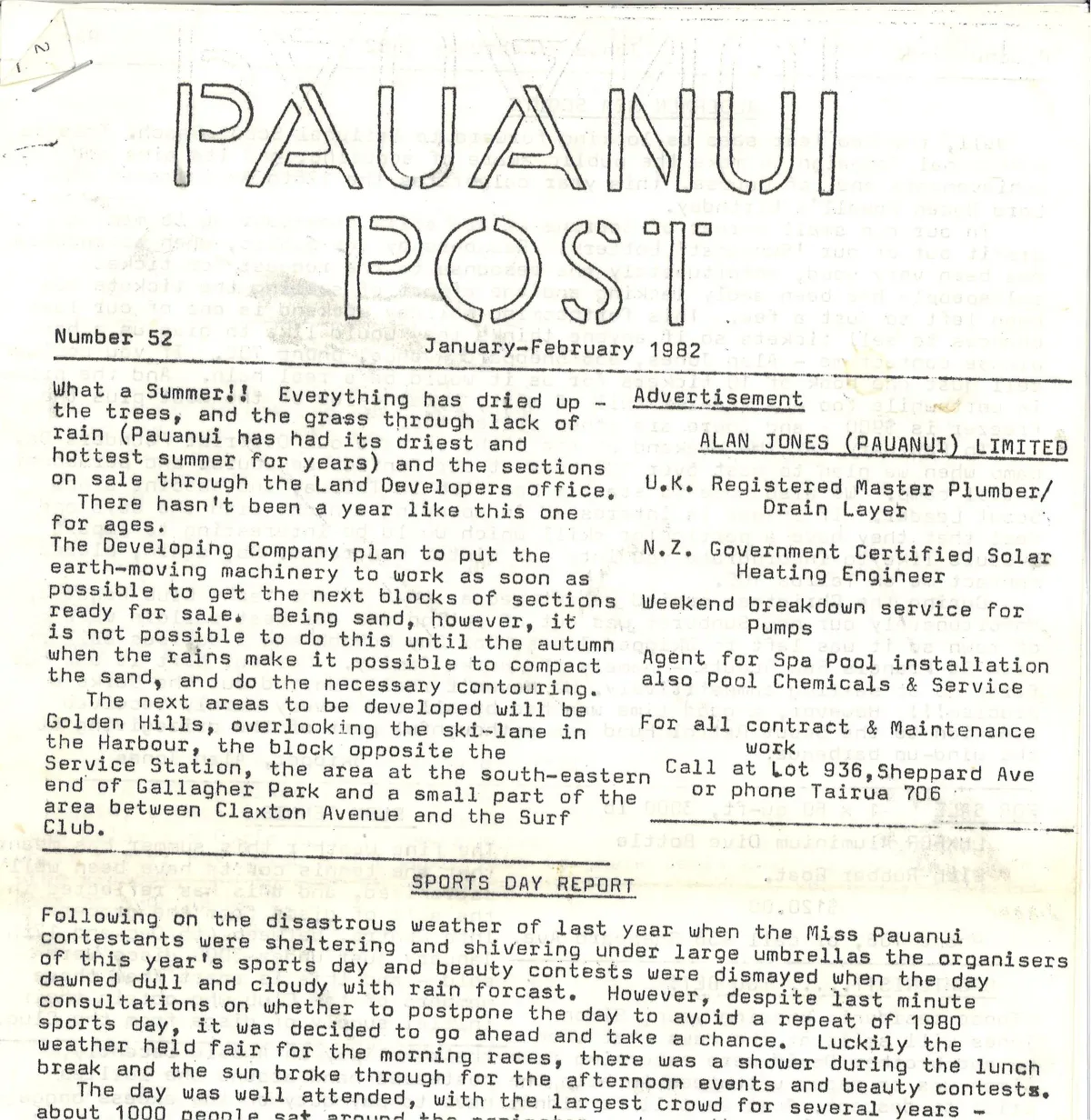

Challenges, Adaptations, and Maturing
No growth is without hurdles. As Pauanui matured, issues like wastewater, environmental safeguards, maintaining natural reserves, and balancing permanent vs holiday homes had to be addressed.
For example, the Pauanui Club (which includes golf, recreation and other amenities) sought consents to reuse treated wastewater — irrigating the golf course rather than discharging it — to reduce environmental impact.
Also, managing the flow of visitors, preserving dunes, protecting native vegetation, and maintaining links to Māori heritage have been ongoing tensions and opportunities. The community and local authorities worked through these, finding pragmatic solutions while striving to maintain the coastal character.


Today — A Community with Story
Today, Pauanui is known as one of New Zealand’s iconic holiday destinations. In summer, its population explodes (with estimates of over 15,000 visitors during peak periods) even while only a few hundred are permanent residents.
Visitors are drawn to Pauanui’s surf, diving, quiet beaches, boating, and the relaxed lifestyle. Locals appreciate the careful planning, the reserves, the walkways, the sense of community, and the way Pauanui manages to balance being a holiday place and a hometown.
The airfield still operates and remains a unique feature in the middle of town.
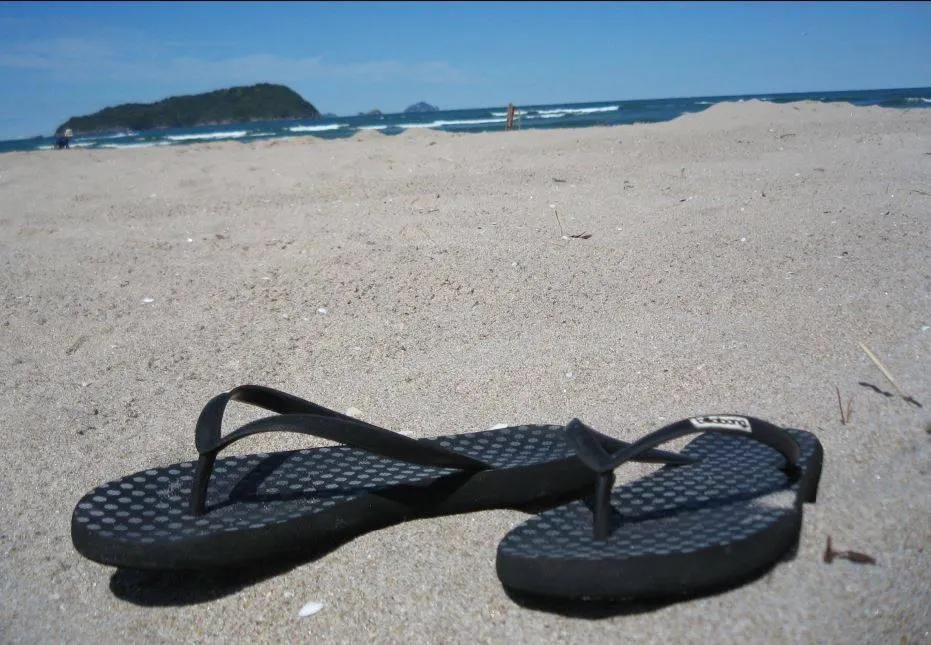

The above is an AI generated summary of the book 'Pauanui - A Vision Achieved' © Pauanui Historic Trust
© Copyright 2025. Pauanui Information Centre.
All Rights Reserved.
Website & CRM proudly powered by Harvest Digital Media.
